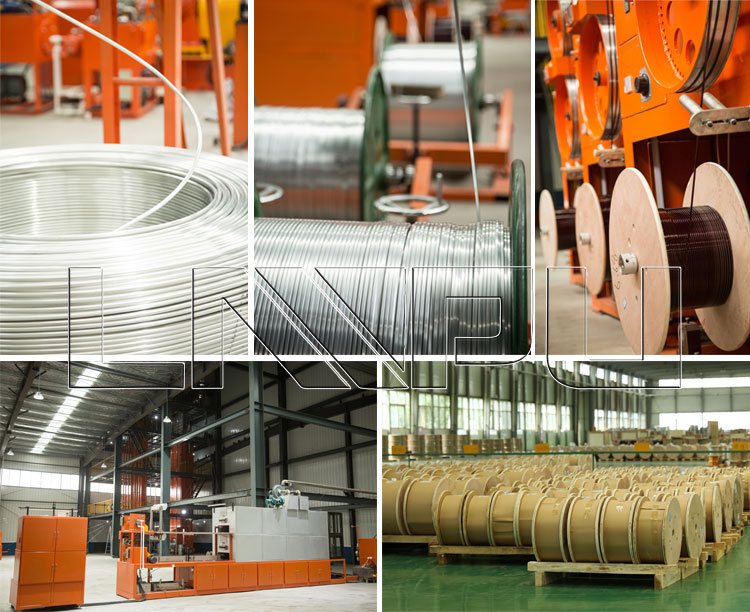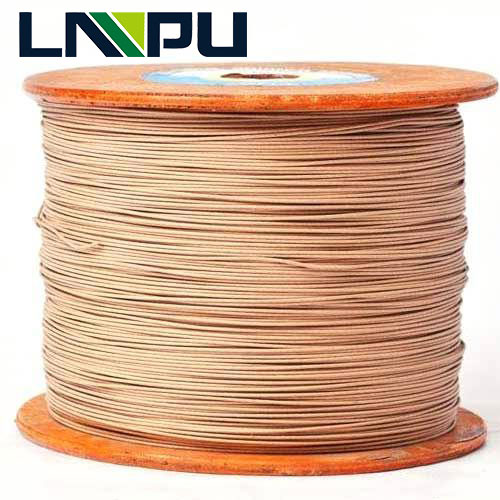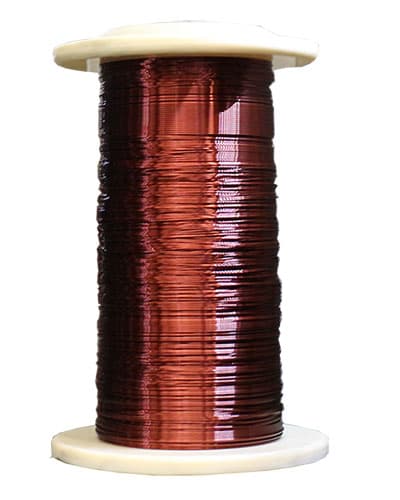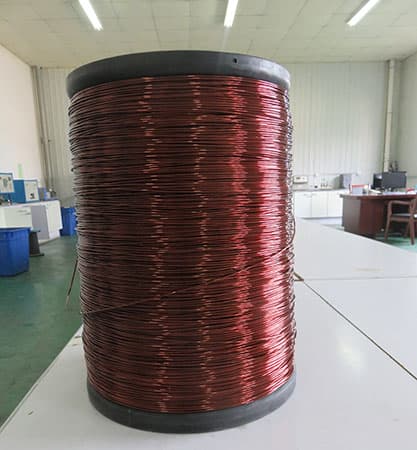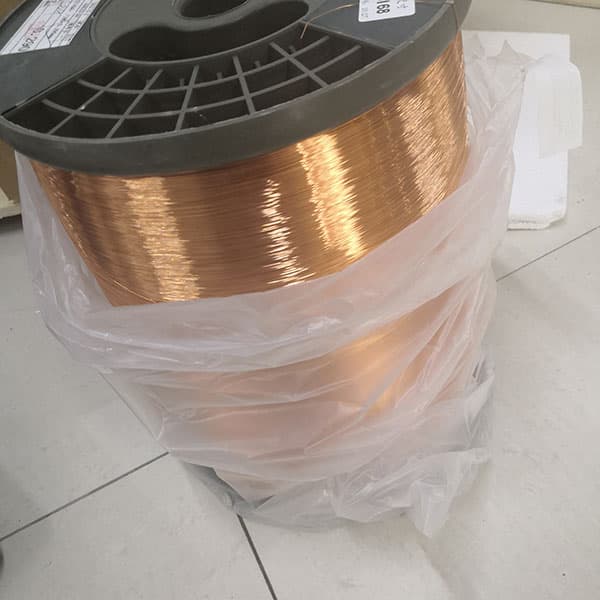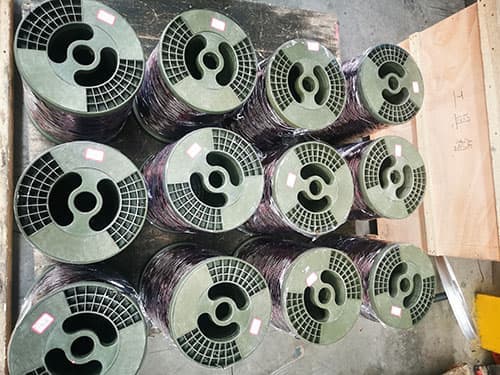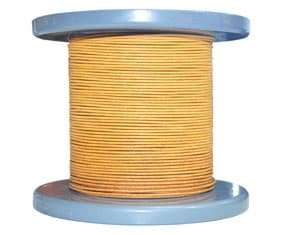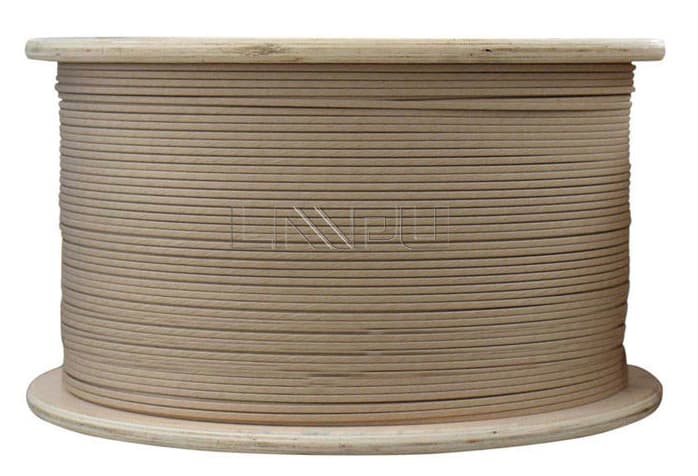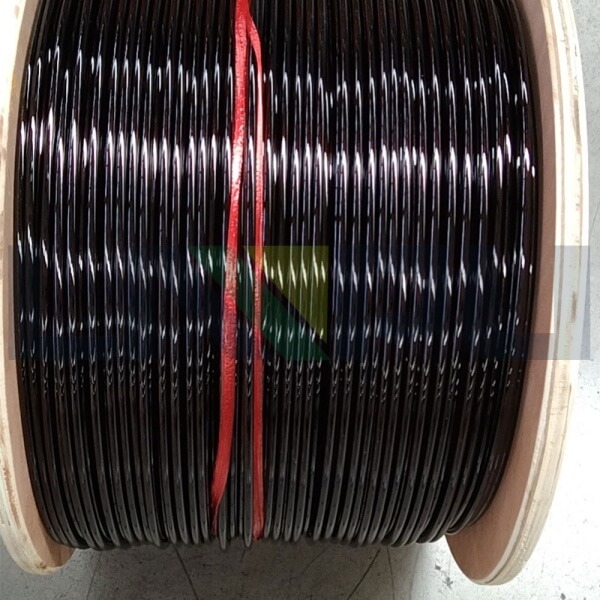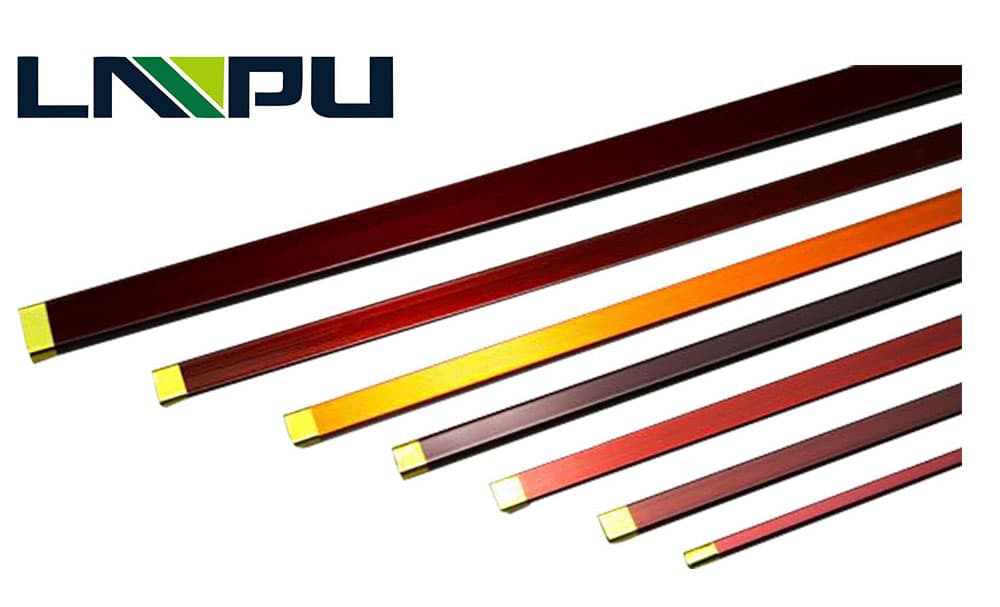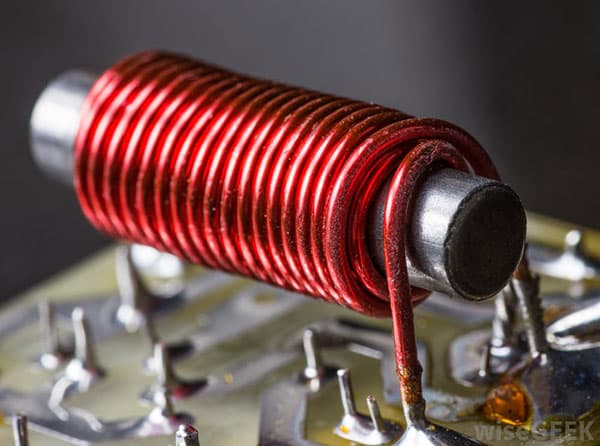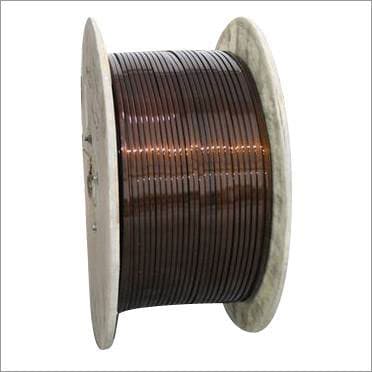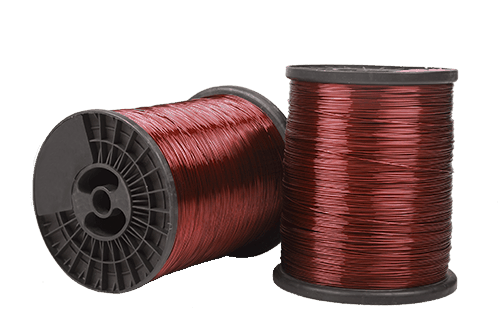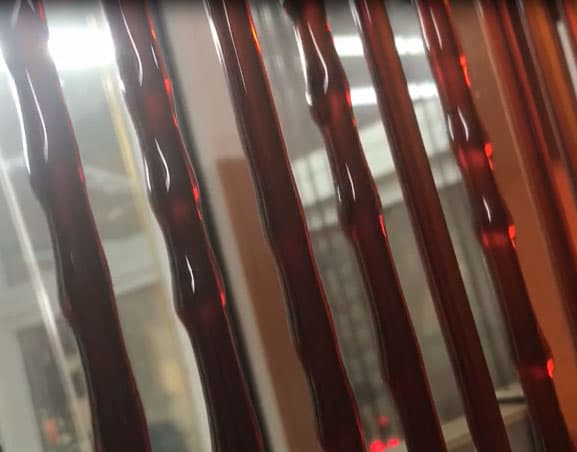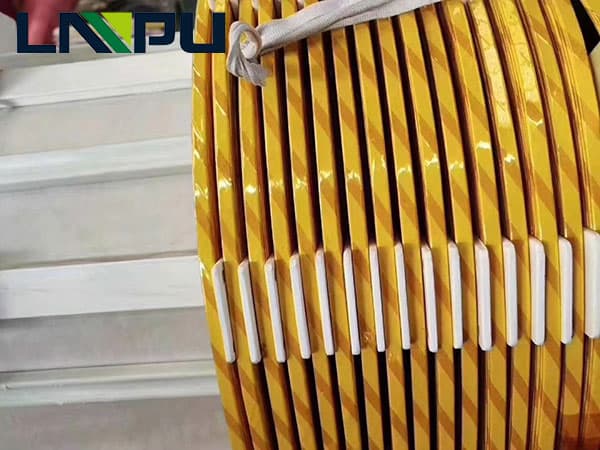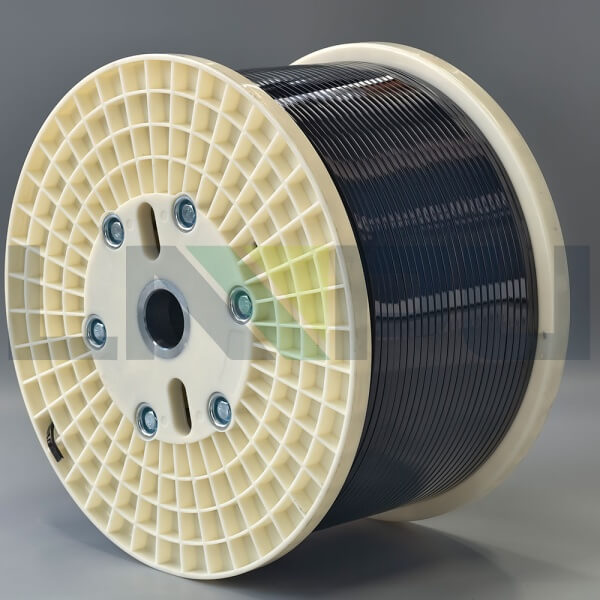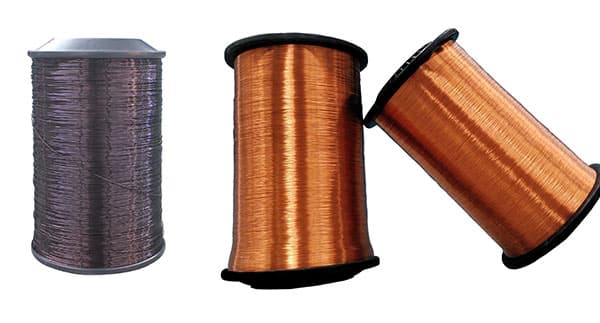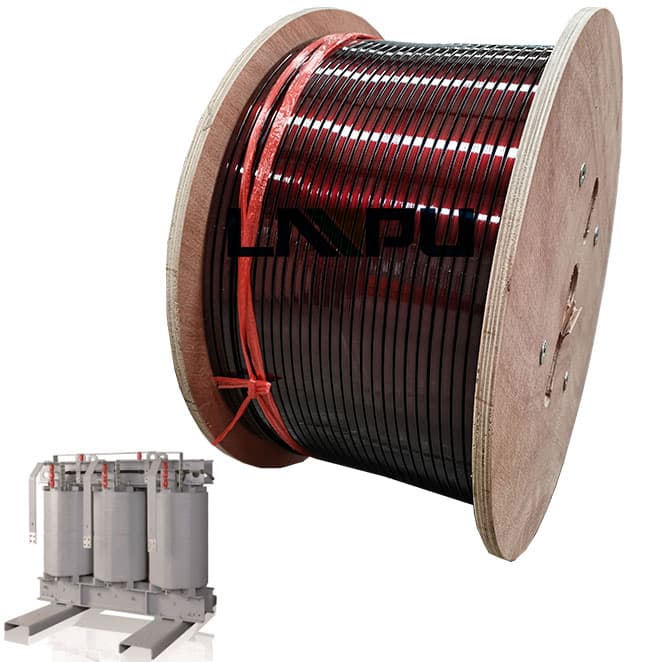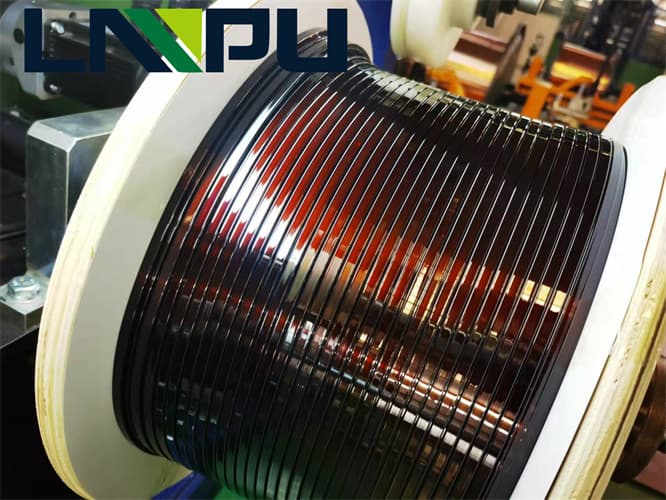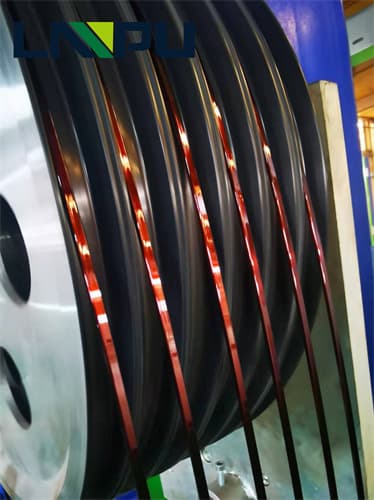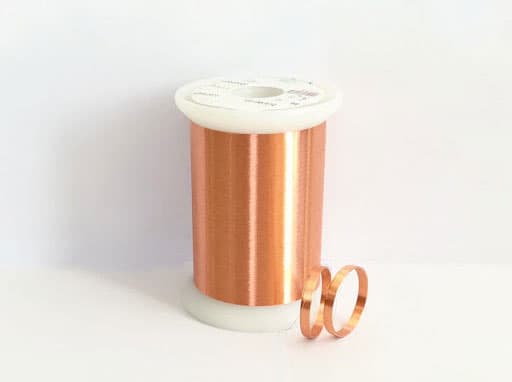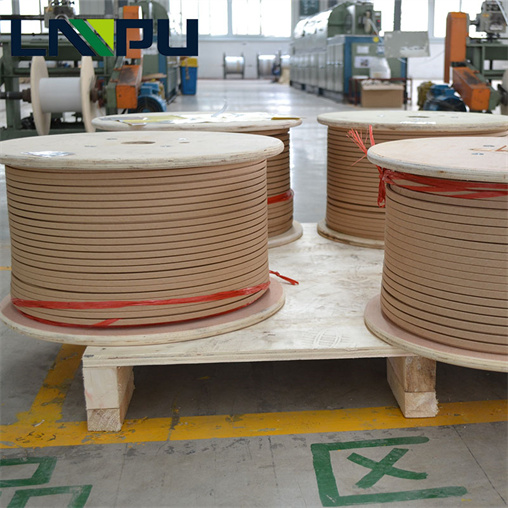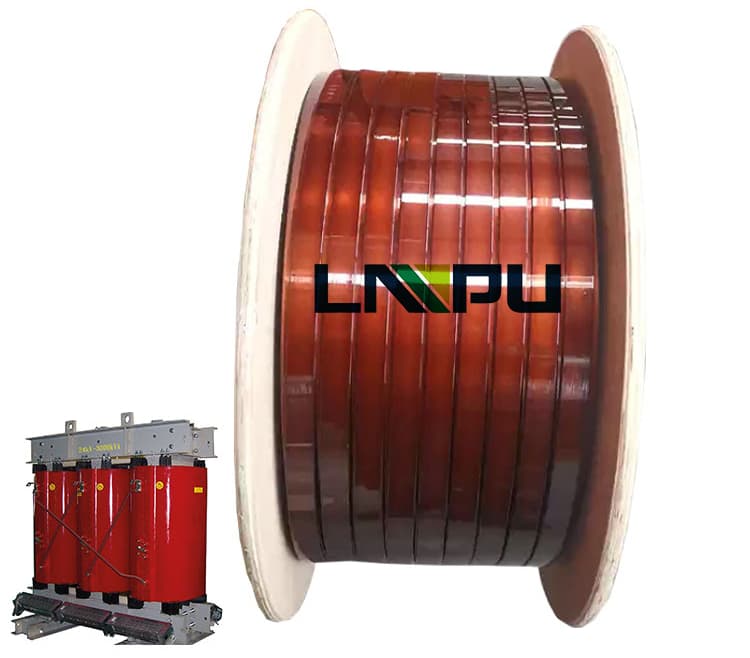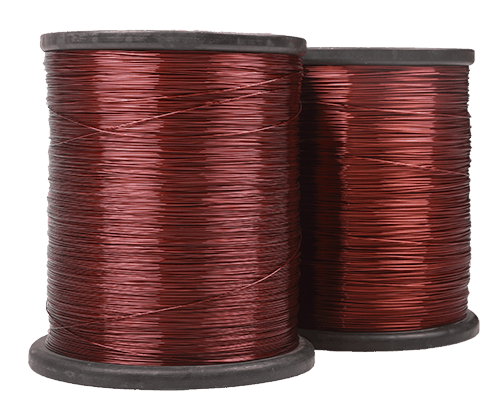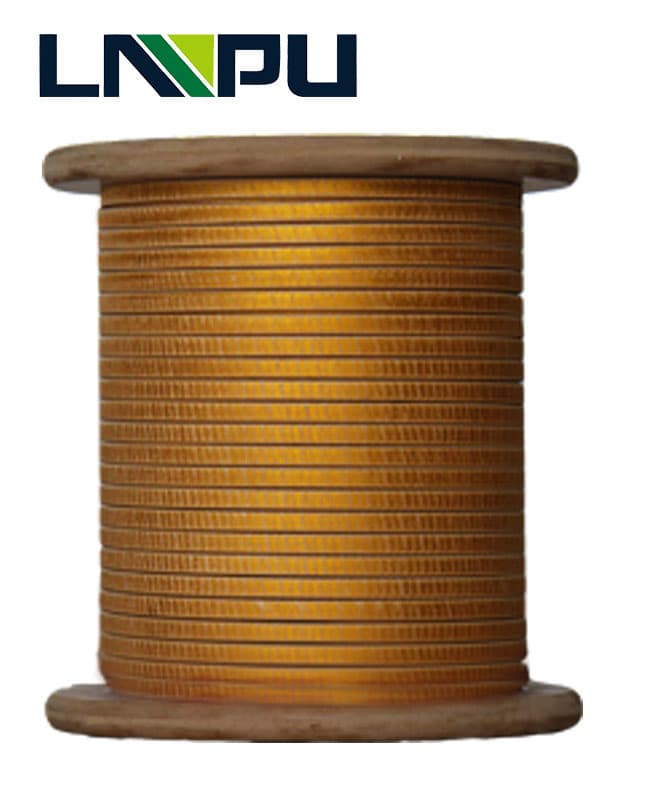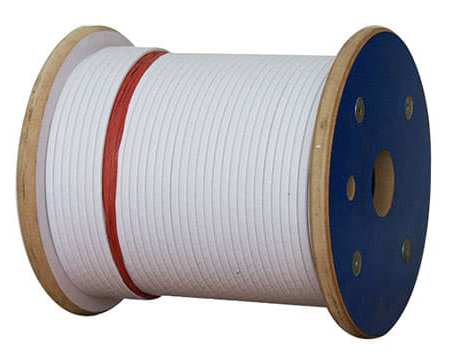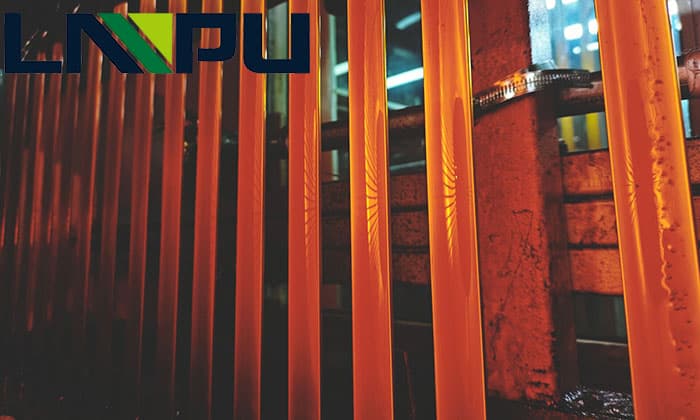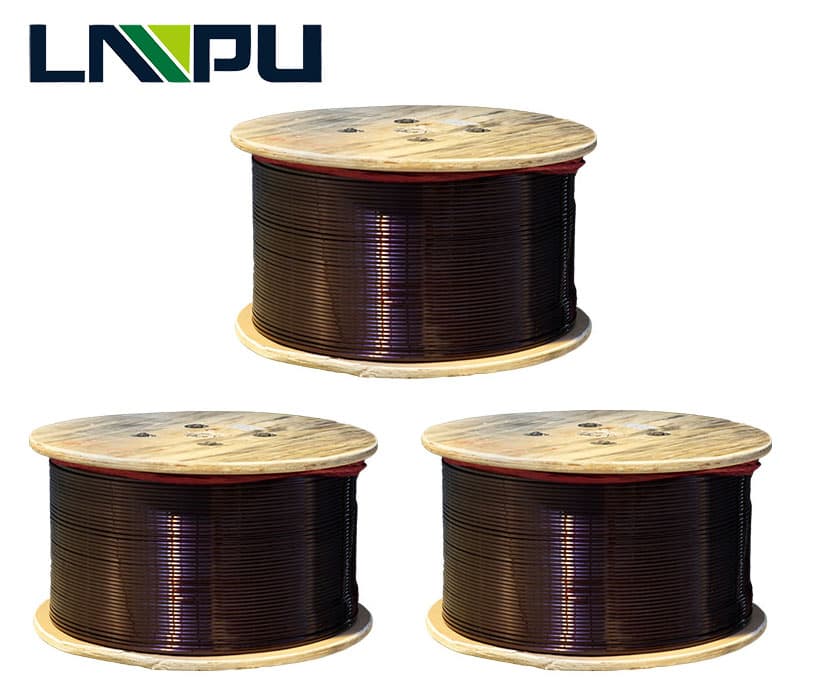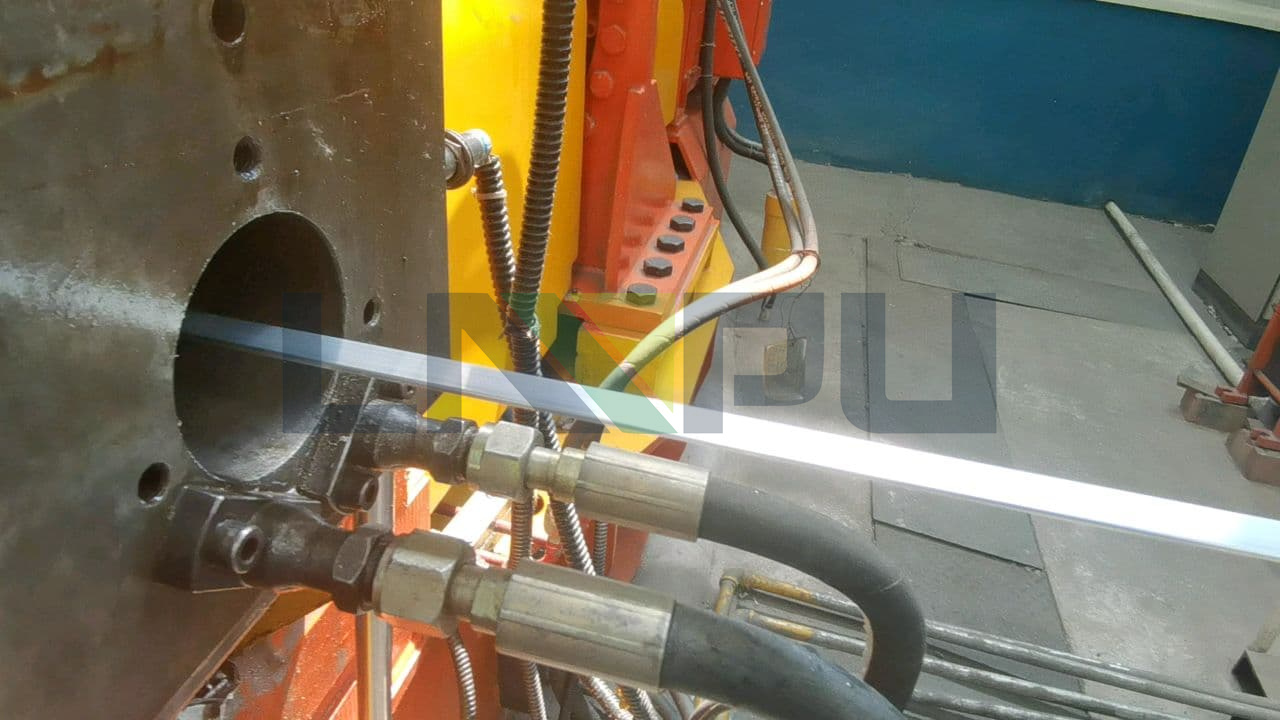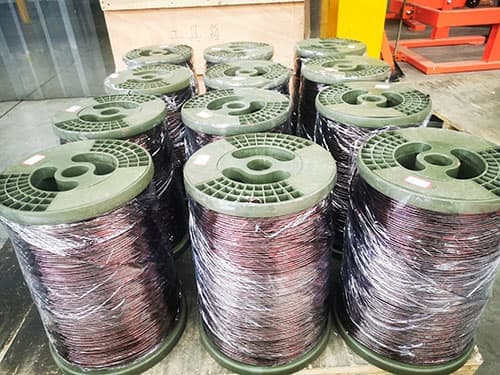7 type of enameled wire
7 type of enameled wire in accordance with insulation materials, list the thermal class, advatanges and application per type of enameled wire. Enameled wire types also can be divided into copper magnet wire and aluminum wire in accordance with conductor.
1) Acetal enameled wire
Acetal enameled wire is one of the earliest varieties in the world. It was put on the market by Germany and the United States in 1930. The Soviet Union also developed rapidly. There are two types of polyvinyl formal and polyvinyl acetal. The research was successful in the years. Although the enameled wire has a low temperature resistance level (105°C, 120°C), it is widely used in oil-immersed transformers due to its excellent high-temperature hydrolysis resistance. This feature has been notarized by countries all over the world. my country is still There is a small amount of production, especially the acetal enameled flat wire is used to make transposition wires, which are used in large transformers.
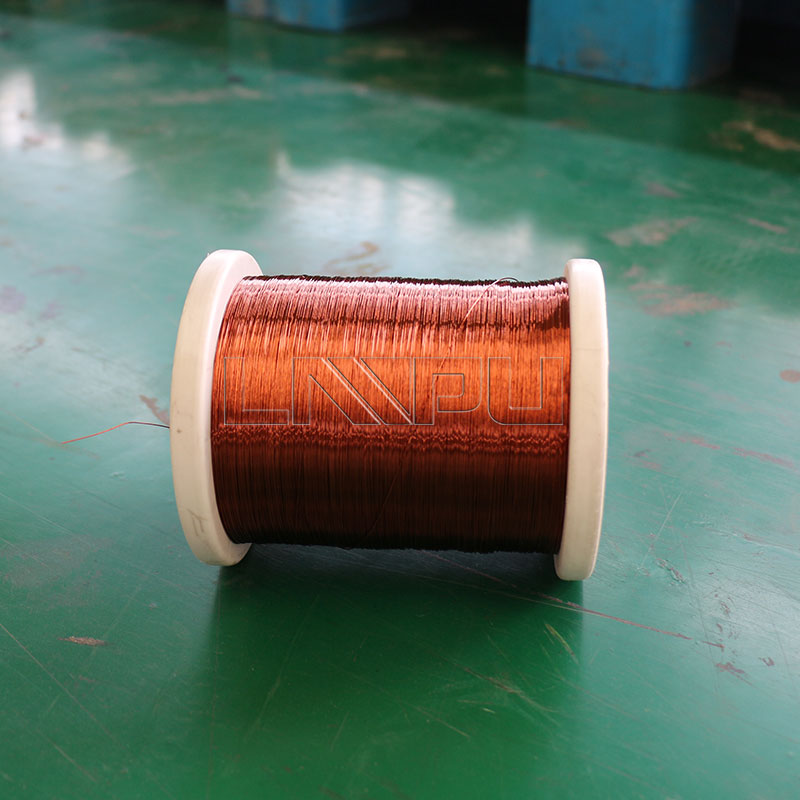
2) Polyester enameled wire
In the 1950s, West Germany first successfully developed a polyester enameled wire paint based on dimethyl terephthalate. Due to its good heat resistance and mechanical strength, the painting process is wide and the price is low. It became the main product dominating the enameled wire market. However, due to the poor thermal shock resistance of polyester enameled wires and easy hydrolysis under high temperature and high humidity conditions, in the late 1970s, polyester enameled wires as a single coating were no longer produced in West Germany and the United States, but in Japan, China and Southeast Asia. Still mass-produced and used. Statistics in 1986 showed that the output of polyester enameled wire in my country accounted for 96.4% of the total output. After 10 years of hard work, the variety of enameled wire has been developed, but compared with developed countries, there is a big gap.
3) Polyurethane enameled wire
Polyurethane enameled wire paint was developed by Bayer in Germany in 1937. Because of its direct solderability, high frequency resistance and dyeability, it is widely used in electronics, electrical appliances and other fields. At present, foreign countries are paying great attention to improving the heat resistance of polyurethane enameled wire without affecting its direct welding performance. In Europe, the United States, and Japan, Class F and Class H polyurethane enameled wires have been developed successively. Due to the rapid development of color TVs, the large-length, salt-free pinhole polyurethane enameled wire developed by Japan for color TV FBT has attracted the attention of countries all over the world, and it is still the leader in Japan.
4) Polyesterimide enameled wire
Due to the improvement of heat resistance by modifying polyester with imine, since the 1970s, the amount of polyester imine enameled wire in the world has risen sharply. In Europe and America, this enameled wire has completely replaced single-coated polyester enameled wire. The representative ones in the world are Terebe FH series products from Germany and Isomid series products from the United States. At the same time, direct-weldable polyester imide enameled wire has been developed successively, which has been widely used as the winding of small motors, which simplifies the welding process and reduces the manufacturing cost of the motor. Some Japanese also use direct-weldable polyester imine paint as the primer of self-adhesive enameled wire for color TV deflection coils, which simplifies the process. Domestic polyester imine paint has successively introduced manufacturing technology from Germany and Italy, and has also successfully developed it by itself. However, due to the instability of raw materials and other reasons, a large number of domestic polyester imine paints used as refrigerant-resistant composite enameled wire primers still rely on imports. Only a small amount of single-coated polyester-imide enameled wire uses domestic paint, but voltage instability is still a concern for manufacturers. The direct-soldering polyester-imide paint has been successfully developed by the Cable Research Institute.
5) Polyimide enameled wire
Polyimide is currently the highest heat-resistant enameled wire paint among organic enameled wires, and its long-term use temperature can reach 220°C or more. The paint was successfully developed by the United States in 1958. Polyimide enameled wire has high heat resistance, good solvent and refrigerant resistance. However, due to its high cost, poor storage stability and toxicity, it has affected its widespread use. At present, the enameled wire is used in some special occasions, such as wires used in coal mine motors, space instruments and meters.
6) Polyamide-imide paint
Polyamide-imide paint is the most comprehensive in the current enameled wire paint, with high heat resistance, mechanical properties, refrigerant resistance and chemical resistance, so it is known as the king of enameled wire paint. The paint is currently mainly used for its unique properties, and is widely used as the top coat of composite coated enameled wires to improve the heat resistance of composite wires and reduce costs. At present, it is mainly used to coat refrigerant-resistant enameled wire in China. This paint is produced in a small amount in China, mainly imported from the United States, Italy and Germany.
7) Composite coating enameled wire
To improve the temperature resistance level and develop special-purpose enameled wires, composite insulation layers are generally used. Compared with single-coated enameled wire, composite coated enameled wire has the following advantages: (1) It meets special requirements, such as self-adhesive enameled wire for complex frameless forming, refrigerant-resistant enameled wire for refrigerators and air-conditioning compressors, etc., can pass composite coating Structure to meet; (2) through the composite of various insulating layers to make up for their strengths, improve and improve the use performance to meet the requirements of use, such as polyester/nylon composite coating enameled wire to improve the thermal shock performance and winding performance, suitable The hot dipping process can be used for motor windings with instantaneous overheating due to overload; (3) It can reduce the cost of some enameled wires, such as polyester imide and polyamide-imide composite coated enameled wires instead of single-coated enameled wires. Polyamide-imide enameled wire, which can greatly reduce costs

